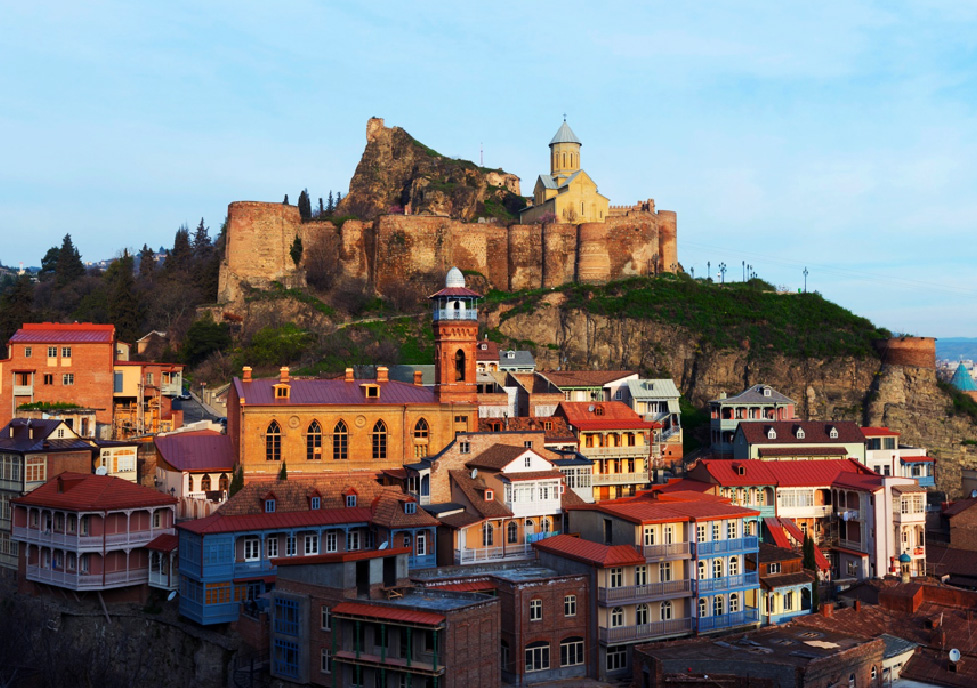
GRAD Cultural Tours
Art Museums in Russia and former Soviet republics is a venue-based program for students, lecturers, curators, museum professionals, and anyone interested in art. By exploring the collections of Russian museums and sites and attending lectures of leading specialists on the subject in Russia, you will learn about art in a way not possible in a traditional classroom.
This intensive program includes a series of fascinating lectures and tours hosted by Russian professionals. Art & Museums in Russia and former Soviet republics seeks to help transmit this knowledge to the West, while opening international dialogues between artists and professionals.
Study Tours offer the opportunity to spend time with an expert art historians who will examine works of art and architecture in their original settings.
Study Tours are limited to a maximum of 15 participants.
All Study Tours include a good deal of walking and require a reasonable degree of physical fitness and mobility. Please contact us if you have any doubts over your suitability to take part in any of the tours.
GREAT TATAR – WHERE RUSSIA MEETS THE EAST
26 September-2 October 2018
Experience the beauty of Russian winter in the enchanting Kazan.
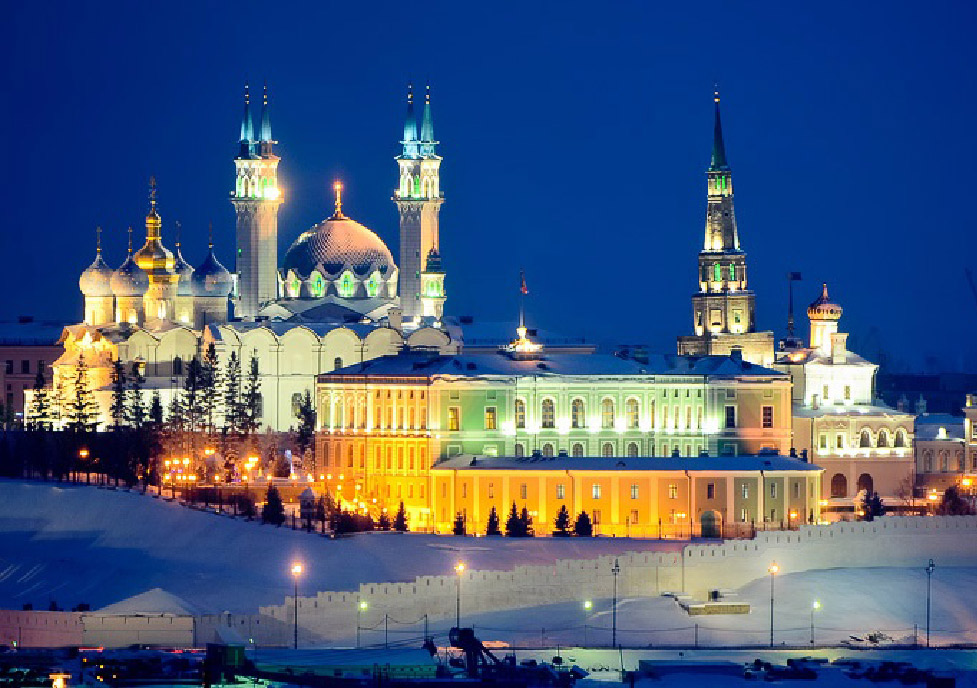
Claimed, conquered and reconquered by kings, emperors, Turkic tribes and Mongols, Tatarstan is neither fully Christian nor entirely Muslim. Today, Tatars are Russia's largest minority at about five million people. Although they are named after a Mongol tribe, the Tatars trace their origins to the ancient Bulgars. Volga Bulgaria was the first state formed in the region, created by Turkic tribes at the turn of 9th-10th centuries. In 922 Islam became an official religion and in 1236 Volga Bulgaria was merged into the Empire of Genghis Khan; after that it became a part of the Golden Horde and as a result of the Horde’s dissolution, the Kazan Khanate, a new state, emerged in 1438 and was incorporated into Russia in 1552.
Kazan soon became one of the important industrial and cultural centres of Russia. In 1708, the territory of today's Tatarstan was part of the huge Kazan province with its borders reaching Kostroma in the north, Ural in the east, the river Terek in the south, and Murom and Penza in the west. Kazan kept the status of a capital of the province for more than 200 years.
Tatarstan is famous for the unique combination of at least three types of cultural influence - Turkic, Slavic-Russian and Finno-Ugric with Tatars (53.2%), Russians (39.7%), Chuvash (3.1%) living together in the country where Tatar and Russian are official languages and Islam and Orthodox Christianity are the main religions. In the Kazan Kremlin, which stands proudly on the banks of the Kazanka River, the Islamic minarets and Orthodox domes proudly stand side-by-side.
Price of the 7-days tour is £1650
PRICE INCLUDES:
- 4-star hotel accommodation
- Transfer to and from the airport and transportation by air-conditioned bus
- Boat tour down Volga river
- 6 breakfasts, 5 lunches and 3 dinners (excluding alcoholic beverages)
- Entrance fees to museums
- Guided tours
PRICE DOES NOT INCLUDE:
- International flights (you will need to book separately the following Aeroflot flight: departs London Heathrow at 8.55 am on 26 September (SU2571), arrives at Kazan at 17.50 (SU1192); return flight departs Kazan at 10.35 am on 2 October (SU 1269), arrives at London Gatwick at 16.00 (SU 2588).
- Russian visa. We are not a travel agency and cannot obtain visas for you (although we can provide invitation from our partner travel agency in Russia made up of tourist voucher & tourist confirmation). We strongly recommend that you obtain your visas through reputable travel agency which can provide assistance with visa and passport applications. Please allow at least six working days to obtain your visas to avoid high fees. We recommend obtaining your Russian visas through the Russian National Tourist Office: They charge extra £60 on top of the consular fee but they take care of all the paper work for you and submit your visa application which will save you time and energy.
- Travel insurance
- Meals and drinks not listed in the tour programme
Booking Procedure, Terms and Conditions.pdf
PRELIMINARY PROGRAMME:
26 September
17.50 – Arrival to Kazan International airport (flight Aeroflot SU1192). Transfer to hotel Raymond.
27 September
Tour around the marvel of Kazan - the Kremlin, a UNESCO World Heritage Site, where the main mosque of Tatarstan, Kul Sharif and the only branch of the Hermitage Museum in Russia, can be visited. Visit to Kazan National Gallery ‘Hazine’ to see the masterpieces of Tatar avant-garde from 1910-1930.
Lunch in a traditional Tatar restaurant (included in the price of the tour).
The tour ‘Treasures of Kazan’ will start with a visit to Peter and Paul’s cathedral and Bogorodinskii convent where we will see the miracle-making Icon of the Virgin Mary of Kazan - one of the most important Russian icons, returned to the city by Pope John Paul II in 2004.
We will also visit historic Tatar quarters, known as picturesque Tatar Sloboda, famous for historic mansions, mosques and old markets. It's here that the Tatars were banished after Ivan the Terrible conquered the city.
Free evening.
28 September
Trip to Russian Mont-Saint-Michel – island-town of Sviiazhsk which stands on a magical place where two rivers – the Sviiag and the Volga - meet. From here Ivan the Terrible started his invasion of Kazan. Here we will visit the 16th century Holy Trinity Church, Uspensky Monastery and so on. Return to Kazan.
Lunch.
Trip to Raifskii Monastery which is situated 35 km. from Kazan on the shores of a beautiful lake. Here one of the most sacred relics – a Georgian icon of the Virgin Mary is carefully preserved. The monastery is also famous for the smallest church in Europe which can only house seven parishioners.
Return to Kazan. Free evening.
Tour around one of the oldest universities in the Russian Federation – Kazan State University – highly acclaimed not only for its architecture but famous students, Mendeleev and Lenin.
Visit to Kazan Art Gallery – one of the largest regional art museums in the Russian Federation founded in 1958 on the basis of private collection of A. Likhachev. The Art Gallery now has more than 25,000 works of visual and applied art, including such masterpieces of Western-European art as Dürer and Canova and paintings by the Russian artists Repin, Kandinsky and Goncharova.
Lunch.
Boat tour down the Volga river.
Free evening in Kazan.
30 September
Visit to the National Museum of Tatarstan.
Tour around the ghost city of Bulgar, known in Russia as Bulgar-the-Great and in Persia – the Golden Throne. Bulgar is the northernmost example of medieval Muslim architecture which includes the Temple mosque of the 13th century – the only remaining religious building from the Early Golden Horde, as well as 14th century mausoleums.
Lunch.
Departure to the motherland of Kerensky and Lenin – Simbirsk.
Arrival to the hotel Rakurs.
Dinner (included in the price of the tour).
Tour around Simbirsk, which was founded in the 17th century on the shores of the Volga river and was almost conquered by the peasant rebels led by the famous Stenka Razin.
In 1924 Simbirsk was renamed to Ulyanovsk after the name of its best-known resident, Vladimir Lenin.
Lunch.
Departure to Kazan.
Final dinner in Kazan (included in the price of the tour).
Transfer to the airport for the flight at 10.35 am (SU 1191).
For further information and to book your place on the tour please call GRAD on +44 (0) 2076377274 or email info@
PAST TOURS
MEDIEVAL ARCHITECTURE OF GEORGIA AND NORTHERN ARMENIA | 18-25 April 2017
TOUR REPORT
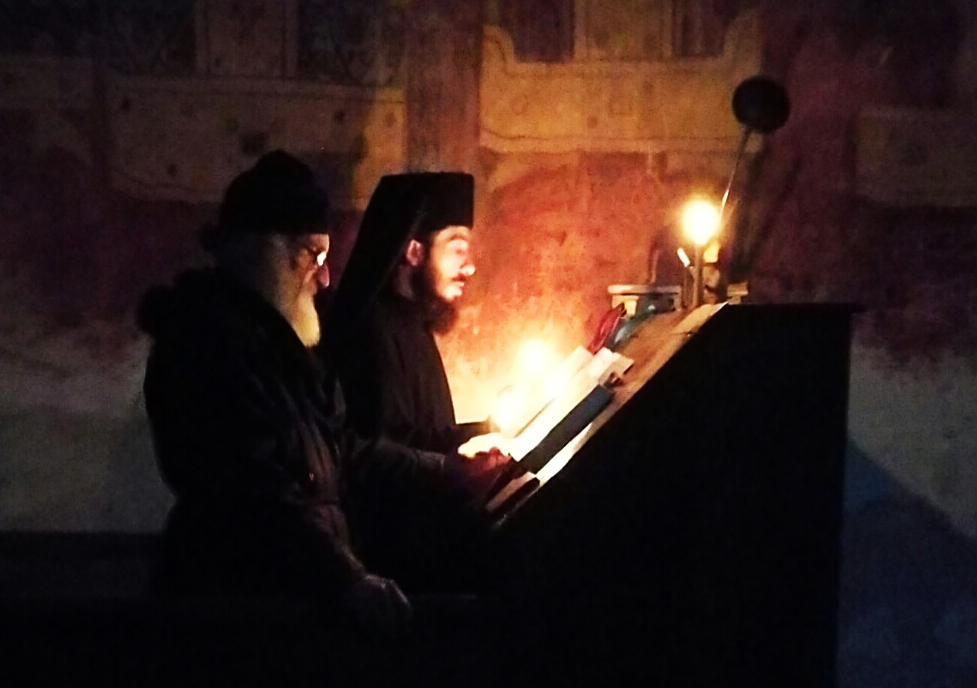
The 8 day GRAD tour this April had the specific title of “Medieval architecture of Georgia and Armenia” but our trip covered this and so much more. It left our group of 16 travellers with a clear understanding of the cultural wealth of two countries so recently unleashed from Soviet rule and exploring the possibilities of their fledgling independence.
The enterprising team at GRAD can tap into their network of learned art historian contacts in Russia (as well as in the surrounding countries which were at one time part of its vast empire) to put together itineraries that are original and innovative using the expertise of the best guides and curators We all felt we were the lucky beneficiaries of the expertise they had reaped for this one off 2017 tour. GRAD hosted a briefing evening a few weeks before our departure and we were accompanied on the trip by their Head of Education Dr Natalia Murray who has recently curated “Revolution:Russian Art 1917-1932” the sell-out show at the Royal Academy this year.
Our dynamic Georgian guide Maka Tarashvili never ran out of energy or revealing information over the five days she guided us. She left us imbued with a strong sense of the Georgian people’s pride, hospitality and their deep cultural grounding. Maka is an enthusiastic advocate of the fine wine which Georgia is renowned for and our trip incorporated several tastings at small, family owned wineries off the beaten track which provided light-hearted contrast to the cultural rigour of our visits to medieval sites.
At a winery at Velistsikhe, surrounded by an orchard of flowering quince and a meadow of deep pink wild tulips, we learnt the traditional methods of making wine using vast ceramic jars called Kveri which are sunk into the floor of the still rooms.
At all of our wine stops we were served with excellent home cooked food. The Georgians make generous use of herbs, nuts, beans and cheese in their cuisine, the staple flat breads are varied and delicious while meats came roasted on a spit (mtsvadi) or sometimes casseroled with fruits such as pomegranates or sour cherries.
The clutch of ancient monasteries that we visited were mainly situated in remote and spectacular spots in the landscape. We experienced gigantic cupolas, soaring arches gilded icons and faded frescoes on our visits. Some days, on journeys in our bright yellow minibus we hurtled past rushing rivers which ran through dramatic gorges clad by centuries old un-plundered forests. On longer drives we had the chance to contemplate at length the panorama of vast, snow-tipped Caucasus mountains. We encountered few tourists on our travels and it was an unaccustomed pleasure not to be amongst hordes of foreign visitors. The churches we visited felt like living parts of the local communities, informally though respectively used, open and welcoming to all.
The most magical events were unplanned. At Gelati monastery near Kutaisi we arrived at dusk one night, rather delayed due to our packed schedule. We gazed through the half light at frescoes in the towering spaces of this building founded by King David the Builder in the C11 as the monks lit candles and sang their evening prayers. Stone restorers living on site interrupted their evening meal to tell us something of the detailed work they were undertaking.
The following day at nearby Motsameta monastery, a UNESCO site on a cliff-edge promontory above the Tskhaltsitela river, we coincided with a wedding party - many of the men dressed in traditional black woollen chokha together with sword (khanjali). Despite the elaborate costumes, the priest bedecked in crimson and gold, the atmosphere was bustling and informal with children and toddlers ranging free.
By sheer coincidence, our only full day in Armenia turned out to be their Remembrance Day for the genocide they suffered at the hands of the Turks. Our local guide, a retired English teacher, arrived wearing a badge with the distinctive forget-me-not emblem on her coat. That morning at the C10 Hahkpat Monastery a special service was in full swing - the priest - also resplendent in gold and scarlet robes - was assisted by young boys in shifts of lapis lazuli blue embellished with embroidered gold crosses. Local people moved freely in and out of the nave while a scene of harmonious polyphonic chanting, lit by candles and scented by swirling thuribles of incense unfolded. Later that day, while passing through the gritty industrial landscape of Alaverdi township dominated by an C18 copper mine and some bleak, deserted Soviet structures, we witnessed a long procession of townspeople offering flowers and prayers at the central memorial.
Memorialising is taken to an epic level in the Georgian town of Gori at the Stalin Museum. The tiny house in which the Soviet dictator was born is the centrepiece around which a garden and museum complex were developed. Much to our surprise, since we were all used to strict rules of conservation and preservation, all visitors can enter Stalin’s private train carriage. To be at such close quarters was a bizarrely intimate experience.
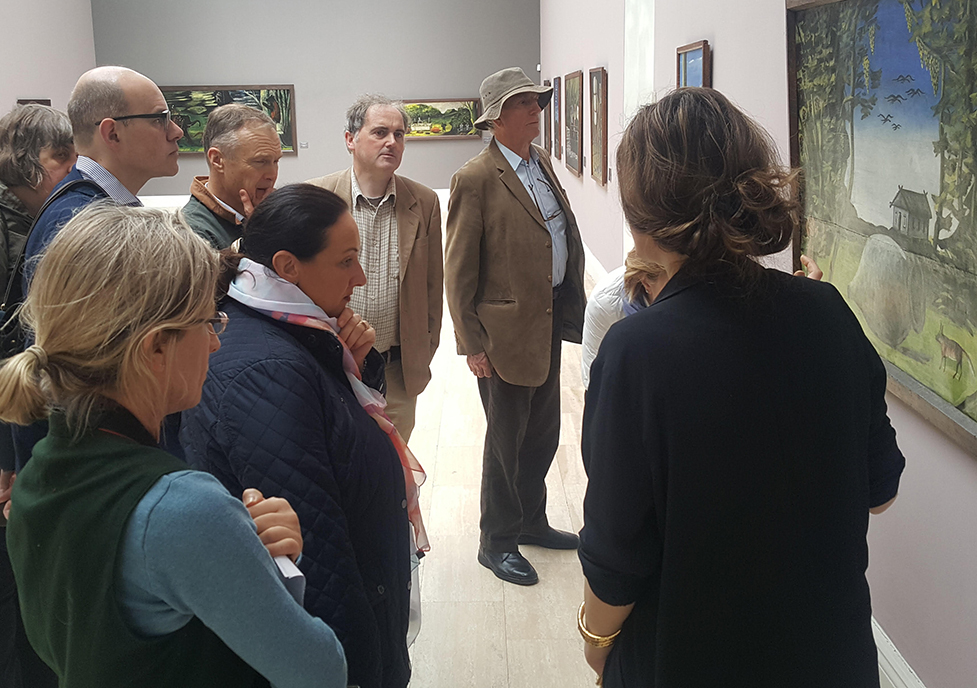
We had four staging posts during the week but the tour started and ended in Tblisi, the bustling capital of Georgia situated in commanding setting on steep slopes straddling the banks of the fast flowing Mtkvari river. Here you see striking architecture from across the ages. Domes, basilicas, towers and battlements, Soviet modernism, slinky glass and metal contemporary structures. Georgia is keen not just to celebrate its past but to take up its place as a modern international city. We were given top-class curatorial tours in The National Gallery and National Museums of Georgia followed by a visit to Cafe Kimerioni, where avant-garde artists including members of Blue Horn Symbolists met and staged events in the turbulent, inspirational years after 1917. Despite the full on programme our group still managed to find time for shopping - last minute bartering for kelims and post revolutionary Soviet porcelain taking place before we left for the airport. Our luggage allowance was 45kg per person so plundering Tbilisi’s Dry Bridge Market was too tempting an option!
Fiona MacLeod is a freelance writer for The Weekend Ft, House and Garden and The Times amongst other publications.
Recommended new book: Tasting Georgia: A Food and Wine Journey in the Caucasus by Carla Capalbo (London: Pallas Athene Publishers, June 2017)
PAST TOURS
RUSSIAN SACRED ART | 4–10 September 2016
TOUR REPORT
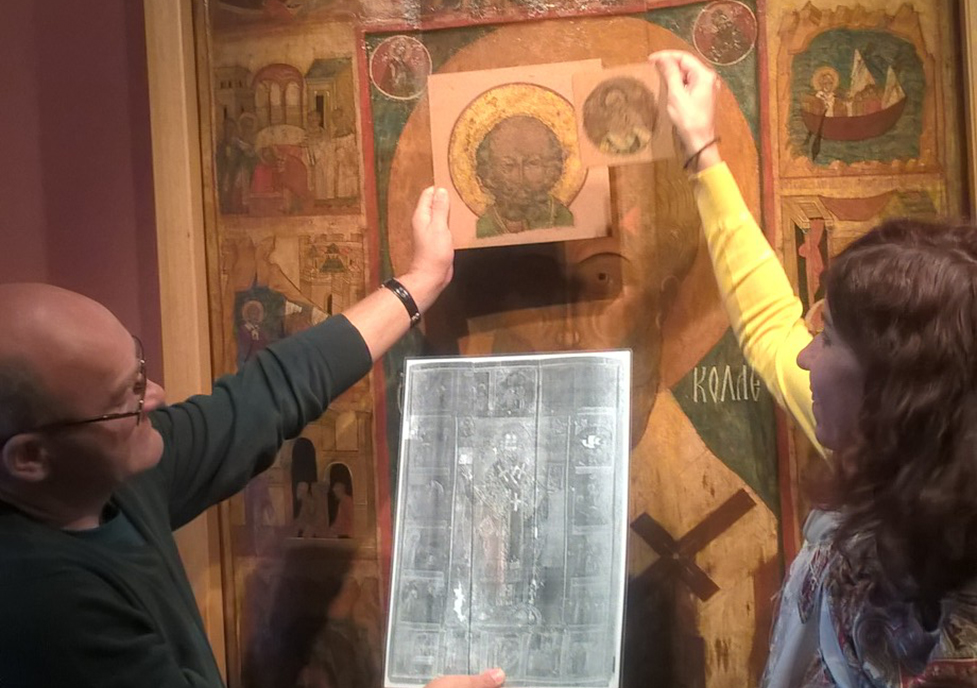
Yaroslavl, Kostroma, Rostov Velikii (the Great), Vladimir and Suzdal – names that evoke the Russian past, the period when power shifted from Kiev to the north east. GRAD’s first cultural trip focussed on the churches, monasteries, palaces, icons and frescoes of this area, but these were not the only treats in store for the eleven people who assembled at Moscow airport in early September. Based in the town of Yaroslavl, a World Heritage site beside the Volga, we began by exploring the architectural riches of the town which reached the height of its commercial power and influence in the 17 century. It seemed as though every corner revealed another beautiful church, many decorated floor to ceiling with frescoes, and set among gracious neo-classical buildings of the late 18 and early 19 centuries. Visits both within Yaroslavl and to the historic towns and places beyond were supported by expert guiding and lectures from specialists in the field that were more fascinating guided talks than formal presentations.
Squat white-washed kremlin towers, the vision of the famous Tolgskii monastery from our boat on the Volga are some of the things we will not forget. Another was the visit to the charming small town of Plyos where the painter Isaak Levitan spent his summers in the late 1880s and to its small museum. This place among many others was where my lingering prejudices about the standard of restaurants in provincial Russia were swept away. Who can forget the feast of Russian delicacies (including rather surprisingly ‘kish’ i.e. ‘quiche’) in the quirky restaurant in Plyos looking down to the little town and the Volga? Though our hotel’s Bavarian restaurant offered not much more than convenience, we had delicious and memorable meals elsewhere. And thanks to the weakness of the ruble, nothing was outrageously expensive.
The unique nature of this trip stemmed from its non-commercial basis. Firstly, those who signed up were seriously interested as well as excellent company. Our guides and lecturers were not just experts but people who wanted to share their own love of their area. They succeeded. If timings tended to slide, partly because we had so many questions (plus the array of souvenirs was extremely tempting!), no one complained. It was an experience none of us will forget and we owe a debt of gratitude to the two Natalias (Natalia Murray from GRAD for her patience and good humour, Natalia the guide for her knowledge and charm and the dynamic Viktor for his organisation). If GRAD organises more such trips, do sign on.
Faith Wigzell, Professor Emeritus of Russian Literature, UCL
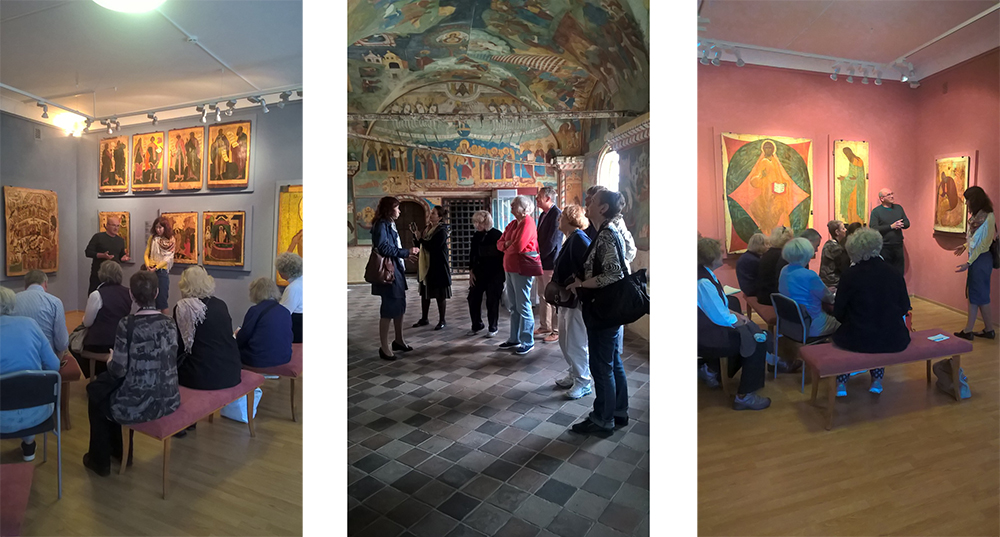
RUSSIAN SACRED ART
4–10 September 2016
Yaroslavl and the Cities of the Golden Ring of Russia
The adoption of Christianity in Russia in 988 marked the beginning of the ancient Russian art. Throughout eight hundred years (10th – 17th centuries) the ancient Russian art sought to embody in itself the Christian faith and create “theology in colour” by making the images and the words inseparable from each other.
East of Moscow lies the land of small historical towns, ancient onion-domed churches and largely unspoilt countryside, often referred to as the ‘Golden Ring of Russia’.
The jewel of the Golden Ring was largely bypassed by 20th-century modernisation – or destruction – and still feels almost rural, like an old Russian merchants’ town: its golden-domed churches mingle with quaint wooden cottages and a serene little river dreamily meanders through flower-covered meadows and green hills.
We will be based in Yaroslavl – the jewel in the ‘golden ring of Russia’ dotted with onion domes like no other place in Russia. Here we will start every day with one lecture at the Yaroslavl University given by specialist in medieval Russian art followed by guided tours around towns and churches located along Volga river.
PRELIMINARY PROGRAMME:
Sunday, 4 September – arrival
Monday, 5 September
- Lecture by the deputy director of Spaso-Preobrazhensky Monastry-Museum, Dr. Mikhail Kerbikov ‘Treasures of the Russian Sacristies’ at the Sacristy of Spaso-Preobrazhensky Monastry [Monastery of the Transfiguration of the Saviour] (founded in the 12th century, it was one of Russia’s richest and most fortified monasteries until 1500’s)
- Workshop led by Dr. Natalia Mironova ‘Reading 17th century Russian frescoes’ in five churches in Yaroslavl
- Lunch
- River cruise to Tolgskii Monastery
Tuesday, 6 September
- Lecture by the leading expert in Russian icons, keeper of icons and deputy director of the Yaroslavl Museum, Aleksey Fedorchuk ‘Decoding Russian Icons’, at the Ceremonial Hall of the House of the Governor of Yaroslavl
- Lunch
- Trip to Rostov Velikii, Borisogleb and Uglich
Rostov Velikii is rich in ancient architecture, with many monuments dating back to the 16th and 17th centuries. Dominating the central square is the impressive 16th Century Assumption Cathedral and between the square and the lake is the Kremlin, which has eleven beautifully ornate towers and is home to several elaborately decorated churches and palaces.
A local tradition dates Uglich to 937. It was first documented in 1148 as Ugliche Pole (Corner Field). The town's name is thought to allude to the nearby turn in the Volga River.
Uglich had been the seat of a small princedom from 1218 until 1328 when the local princes sold their rights to the great prince of Moscow. As a border town of the Grand Duchy of Moscow, it was burned several times by Lithuanians, Tatars, and the grand prince of Tver.
Grand Duke Ivan III of Moscow gave the town to his younger brother Andrey Bolshoy in 1462. During Andrey's reign, the town was expanded and first stone buildings were constructed. Particularly notable were the cathedral (rebuilt in 1713), the Intercession Monastery (destroyed by the Bolsheviks) and the red-brick palace of the prince (completed in 1481 and still standing). Apart from the kremlin, the city center features other nice samples of old Russian architecture. Particularly notable are the Alexeievsky monastery and the Assumption three-tented church (1628) which are considered true gems of Russian medieval architecture. Closer to the bank of the Volga one may see the Resurrection Monastery with its huge cathedral, refectory, belfry and summer church. All these buildings stand in a row and date back to 1674-77. Opposite the monastery is the graceful Church of the Nativity of St. John the Baptist. It was built in 1689-90 by a local merchant to commemorate the spot where his son had drowned.
Wednesday, 7 September
- Lecture by the head of the department of medieval Russian Art at the Yaroslavl Museum, Dr. Viktoria Gorshkova ‘Yaroslavl, Moscow and Kostroma – laboratories of the Russian style’, at the Archbishop’s Chambers
- Lunch
- Trip to Kostroma and Plyos
Kostroma is known as the ‘Cradle of the Romanov dynasty’ since it was home to first Tsar of the Romanov Dynasty. It is a 12th century town which sits on the banks of the Volga River. We will visit the Epiphany and St. Ipathy Monasteries, see the frescoes inside the Trinity Cathedral and wander around Susanina Square.
Plyos, located about 370 kilometres northwest of Moscow, in the center of the Golden Ring, is widely referred to as the pearl of the Volga. This small town on the Volga River has long been famous for its serene atmosphere, picturesque hilltop views of a 3-kilometer-long quay and the house-museum of Isaac Levitan, a prominent landscape painter of the 19th century.
Its quay is dotted with one-story wooden and brick buildings with renovated facades on one side, and small boats and yachts scattered along the riverbank on the other.
Thursday, 8 September
- All-day trip to Vladimir and Suzdal
Vladimir is one of the oldest Russian cities which gave way to Moscow as Russia’s capital (long before St. Petersburg).Tour the impressive defensive fort built in 1108, the beautiful Assumption Cathedral with frescoes by the greatest of old Russian painters, Andrei Rublev and the famous Golden Gate.
‘The Golden Ring’ of Russia comes with a diamond and that’s Suzdal. In 1864, local merchants failed to coerce the government into building the Trans-Siberian Railway through their town. Instead it went through Vladimir, 35km away. As a result Suzdal was bypassed not only by trains, but by the 20th century altogether. This is why the place remains largely the same as ages ago – it is famous for enchanting wooden houses, medieval churches and the Assumption Refractory and prison, built on the order of Catherine II, to house those who committed crimes against the church. As it happens, Suzdal served as a royal capital when Moscow was a mere cluster of cowsheds. It transformed into a major monastic centre in the times of Ivan the Terrible and an important commercial hub later on. But nowadays, it seems perfectly content in its retirement from both business and politics.
Friday, 9 September
- Lecture by the reader at the Yaroslavl University, specialist in British-Russian artistic exchange, Dr. Viktor Kulikov ‘Discovery of the “Russian Style” in the 19th century. First exhibitions of Russian medieval art in the West’ at the lecture theatre of Yaroslavl University
- Lunch
- Trip to Ivanovo
Ivanovo was first mentioned in 1561, when it was given to the Cherkassky princely family by Ivan IV, after the latter's marriage to Maria Cherkasskaya. Important centre in medieval Russia, it also played the most vital role in 20th century Russian history. Because of its textile manufacturing industry, Ivanovo earned the sobriquet of the "Russian Manchester" during the 19th century.
By the early 20th century, Ivanovo was competing for the title of the primary textile production center of Europe. As the workers' living conditions were appalling, the strikes were frequent. One of these strikes (May 14-July 22, 1905) led to the first Russian revolution.
Ivanovo has several important sites – such as Schudrovskaya Palatka (17th century), the first brick civil building, the Svyato-Vvedensky Monastery, the wooden Uspenskaya church, the mansion of A. Duringer (1910) and others.
Ivanovo is also famous for the iconic buildings in constructivist style – such as the Ship-house (1930), architect D. F. Fridman; the Horseshoe-house (1934), architect A. I. Panov; the Regional Bank building (1927), architect V. A. Vesnin; the Palace of Arts (1939), architect A. V. Vlasov; the Collective-house (1931), architect I. A. Golosov and others. There is also a famous museum of Soviet agitational textiles.
For further information and to book your place on the tour please call GRAD on +44 (0) 20 7637 7274 or email info@


